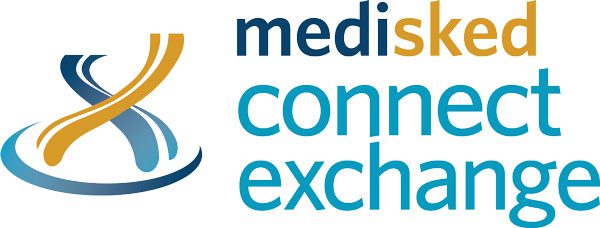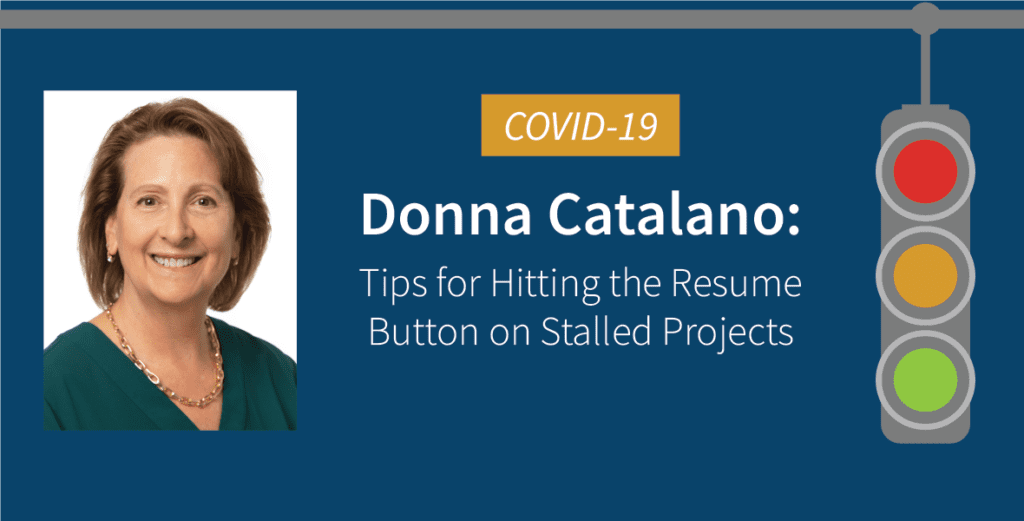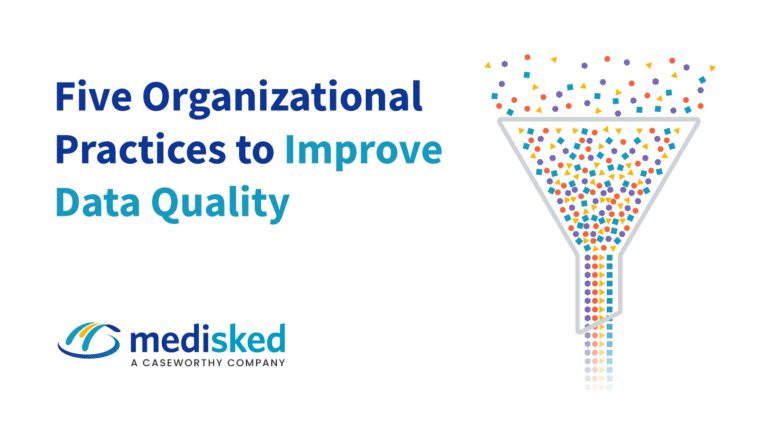Tips for Hitting the Resume Button on Stalled Projects
Even our best project planning did not consider having to hit the pause button for several months due to an international pandemic. How many of your organization’s projects have been in limbo, with no clear picture of when, or if, they can be started again?
Think about your organization’s stalled projects. Did you have new program initiatives underway? A capital campaign scheduled to begin? A hardware/software installation ready to implement?
You may still be in survival mode, just trying to maintain the most basic of your services or operations, but now is the perfect time to develop your organization’s strategy for getting your projects back on track.
Consider these three project management techniques to get your projects READY and SET, even if they’re still temporarily paused:
Have Priorities Changed?
Let’s presume you won’t have the resources to restart every project at once – spend time now deciding which projects will be treated as priority. Is opening that new program still mission-critical or greatly needed to increase/diversify revenue? Do you have obligations to funders, regulators, or stakeholders that need to be met? As basic as it sounds, a side-by-side listing of each and every ‘project’ your organization has on-hold could provide a clear picture for ranking the immediate and secondary priorities.
Is the Scope of Each Priority Project Still Clear and Detailed?
Now is the time to revisit the scope of each project – are the key deliverables, tasks, and sub-tasks still detailed and clear? In the project management world, this Work Breakdown Structure (WBS) is critical for organizing the team’s work into manageable pieces. Opening a new program site, for example, involves hundreds of tasks and sub-tasks. Does your original project plan contain enough detail, or is additional breakdown of the activities needed? (Accurate budgeting and scheduling also depend on a detailed and comprehensive activities list.) The time you spend now reviewing and adjusting the full task breakdown will position you for a faster start and helps minimize scope creep as the project gets underway again.
A Little Scenario Planning Goes a Long Way
Your project’s schedule and resources may still be unknown, but you are in the ‘ready’ position because you have a comprehensive breakdown of your project’s scope, tasks, and sub-tasks. The Triple Constraint in project management shows that a change in either scope, schedule, or resources will result in a change to one or both of the other variables.Keep in mind that the job of the project manager isn’t to prevent changes to the original project plan, but rather, to anticipate changing circumstances and manage them as they present themselves. Scenario planning now, while your projects are on hold, will help you develop options for possible changes and risks based on impact and likelihood.
- Does your project still have a hard deadline even though it has been paused for several months? If so, the scope of the project may need to be reduced or resources (money, people) may need to be increased to still meet the original deadline.
- Could the original funding be reduced, or will some team members need to be assigned to other priority projects? If so, you may need to reduce the scope or extend the schedule to accommodate the reduction in resources.
- Has the need for the project increased even more, perhaps as a result of the pandemic? Expanding the scope of your project to address increased need will require corresponding changes to the timeline and resources needed for successful completion.
With a little planning today, you can be READY to SET and GO tomorrow! Even if the when is still unclear, having the what and how outlined will position your priority projects for a strong (re)start and a successful finish.








